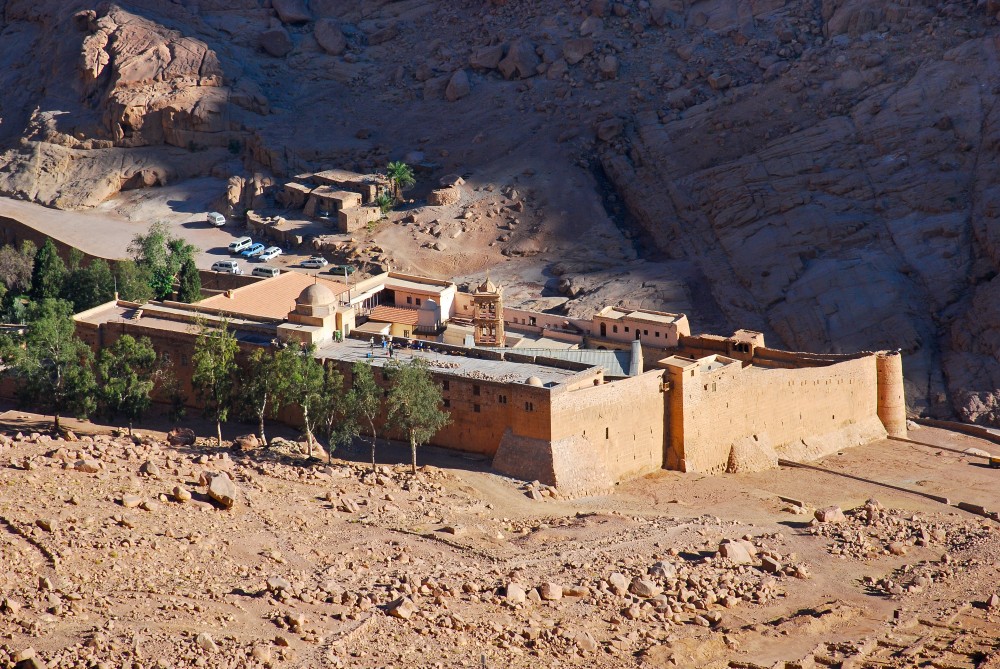4 Mar. Moses meets God in a burning bush
“One day Moses was taking care of Jethro’s flock. (Jethro was the priest of Midian and also Moses’ father-in-law.) When Moses led the flock to the west side of the desert, he came to Sinai, the mountain of God.”
“There the angel of the LORD appeared to him in flames of fire coming out of a bush. Moses saw that the bush was on fire, but it was not burning up. So he said, ‘I will go closer to this strange thing. How can a bush continue burning without burning up?’”
“When the LORD saw Moses was coming to look at the bush, God called to him from the bush, ‘Moses. Moses!’ And Moses said, 'Here I am.’”
“Then God said, ‘Do not come any closer. Take off your sandals, because you are standing on holy ground. I am the God of your ancestors – the God of Abraham, the God of Isaac and the God of Jacob.’ Moses covered his face because he was afraid to look at God.”
“The LORD said, ‘I have seen the troubles my people have suffered in Egypt, and I have heard their cries when the Egyptian slave masters hurt them. I am concerned about their pain, and I have come down to save them from the Egyptians.’”
“’I will bring them out of that land and lead them to a good land with lots of room – a fertile land. It is the land of the Canaanites, Hittites, Amorites, Perizzites, Hivites and Jebusites. I have heard the cries of the people of Israel [Jacob], and I have seen the way the Egyptians have made life hard for them.’”
“’So now I am sending you to the king of Egypt. Go! Bring my people, the Israelites, out of Egypt!’”
(Exodus 3:1-10)

During his fifty years living in Midian, Moses learnt much about his Jewish ancestors from his father-in-law, Jethro, a priest and chieftain of Midian.
One day in c.1452BC, when he was seventy six years old, Moses was leading his flock of sheep and goats across the semi-arid desert to Mt Horeb (also called Mt Sinai).
Quite by surprise, God spoke to Moses from a burning bush, and called him to rescue his people from Egypt and to lead them back to Canaan, the land he had promised to Abraham and his descendants (see Genesis 12:1-3).
The traditional site of this encounter is at Mt Horeb in the Sinai Desert, a 7363 ft / 2244 m high mountain now known locally as Gebel Musa (the ‘Mountain of Moses’).
The reputed site of the burning bush (and also the traditional site where Moses received the Ten Commandments eight years later) (see Exodus 20:1-17) can be visited today at St Catherine’s Monastery, a fortified monastery founded in the Sinai Desert by the Byzantine Emperor Justinian in 527AD.
The Chapel of the Burning Bush, built originally by the Empress Helena, the mother of Constantine I, was enclosed within the walls of the monastery.
The monastery later became associated with St Catherine of Alexandria, a Christian martyr whose bones were believed to have been discovered here by monks. Just behind the monastery, a path leads to the summit of Mt Sinai.
The monastery is one of the oldest Christian monasteries in the world, and is still maintained today by a community of Greek Orthodox monks. It houses an incomparable collection of 6th century mosaics, early icons and Christian art, and the second largest library of early Biblical manuscripts in the world.
The photo (by Mohammed Moussa) shows St Catherine's Monastery in the Sinai desert.
You can read more about Mount Sinai @ https://www.thebiblejourney.org/biblejourney2/25-the-israelites-journey-from-egypt-to-mt-sinai/moses-is-called-by-god-at-mt-sinai/
